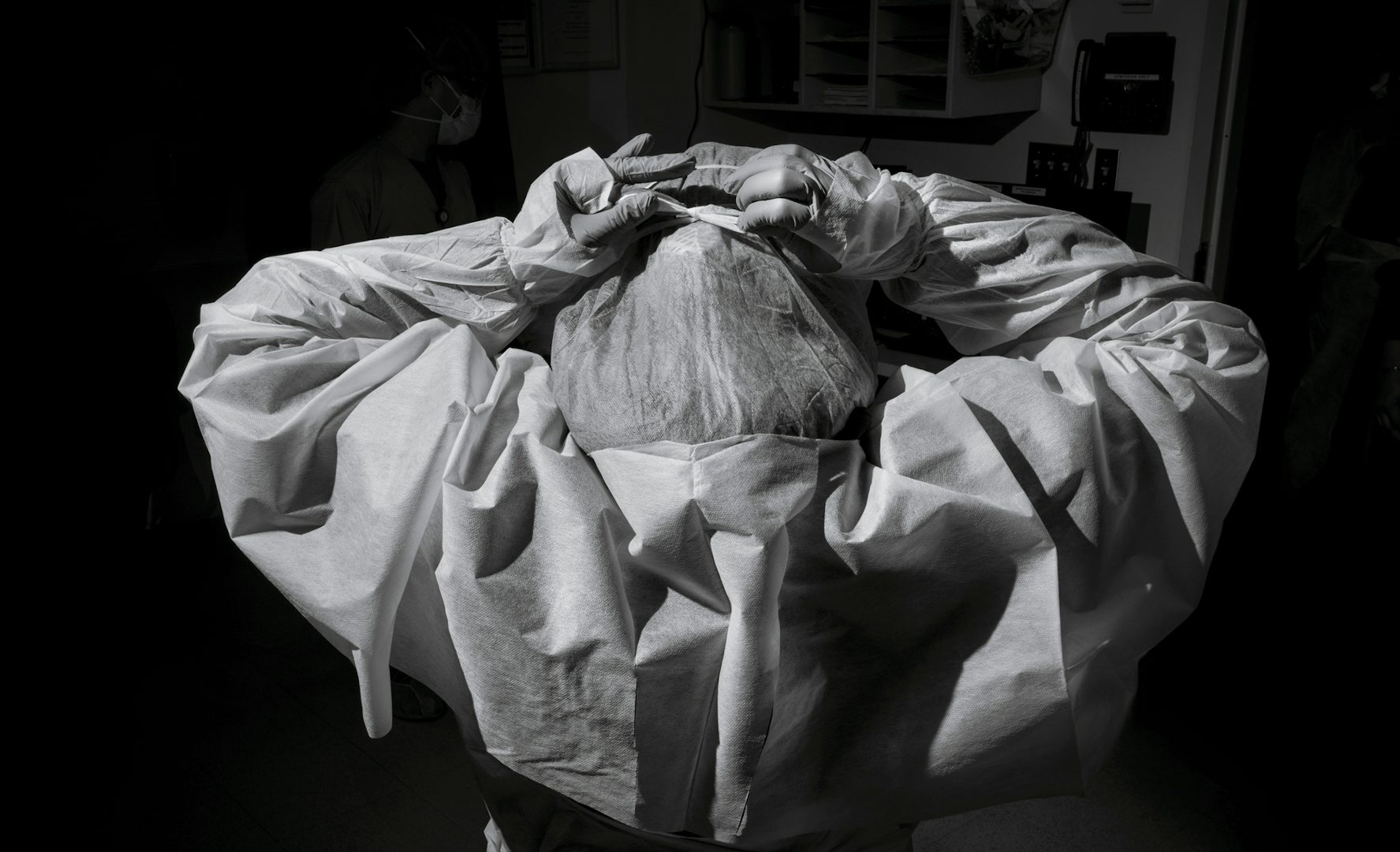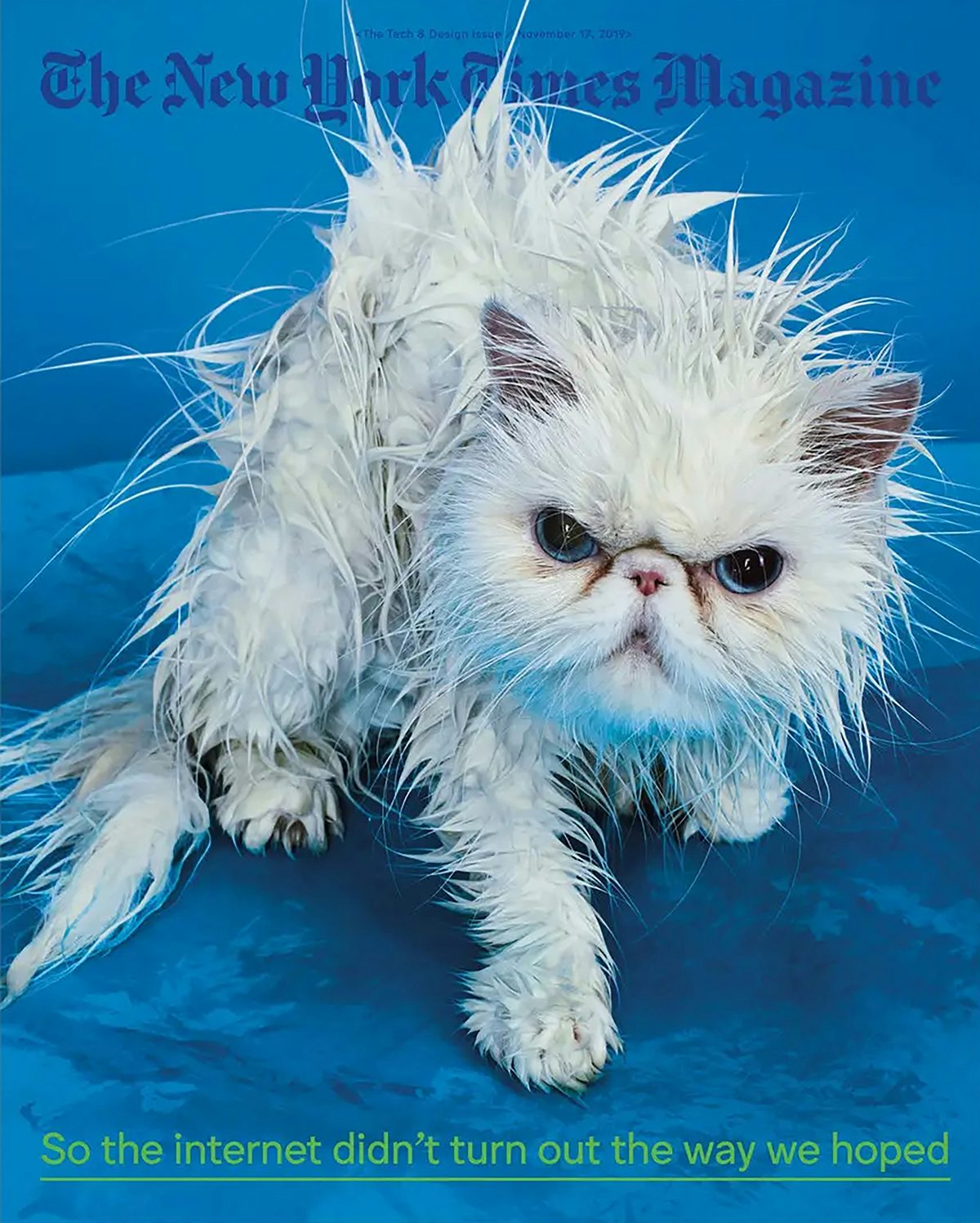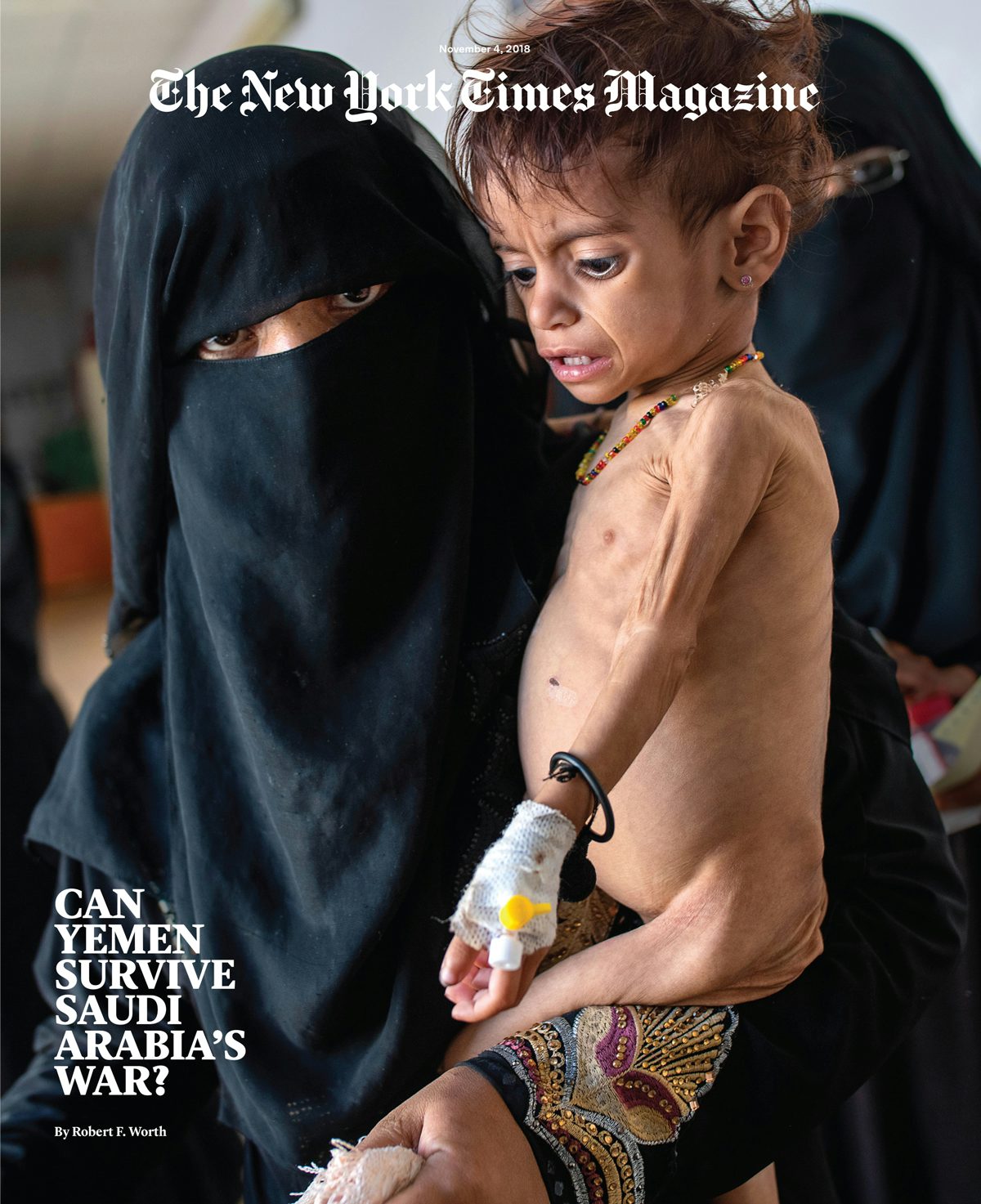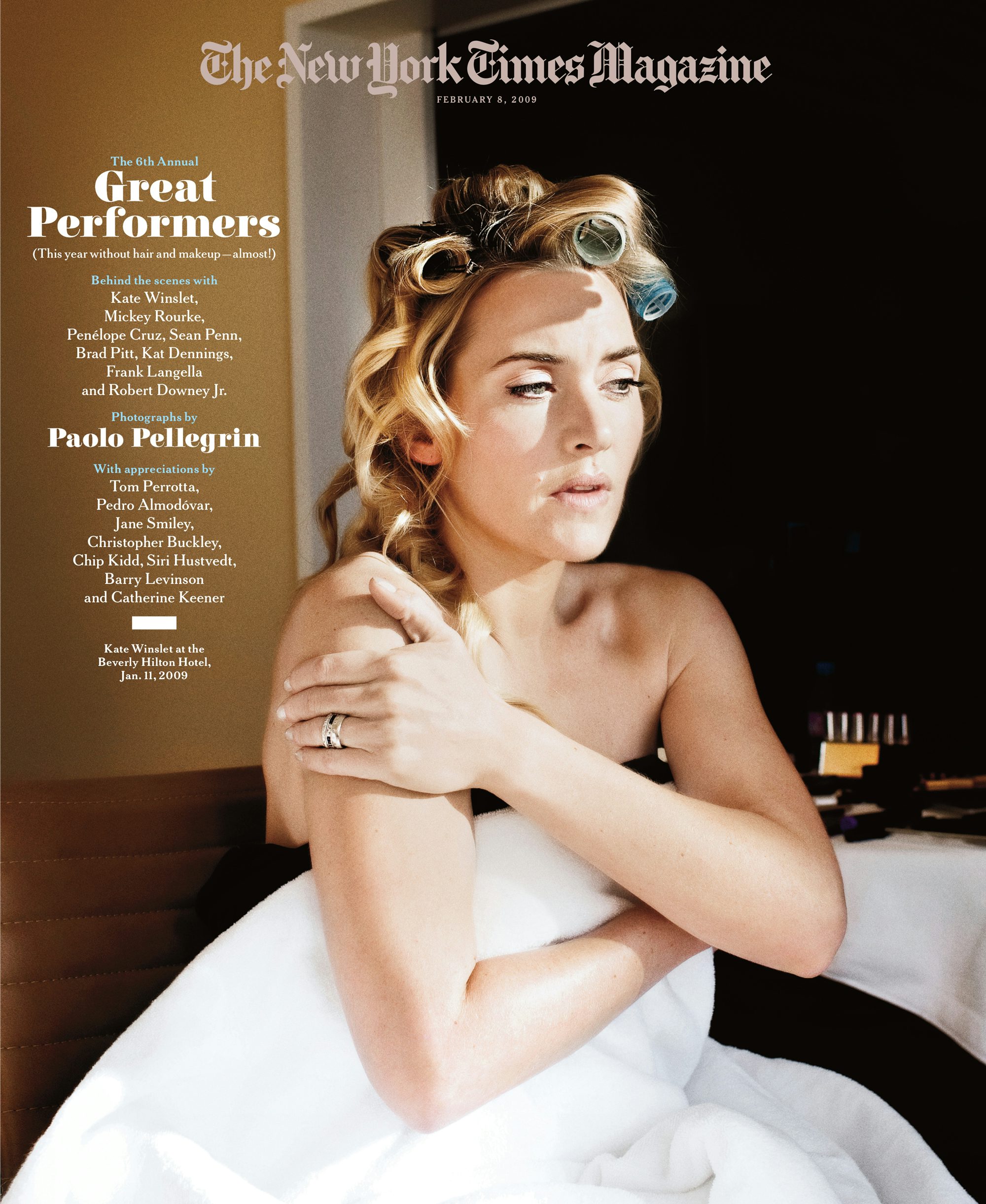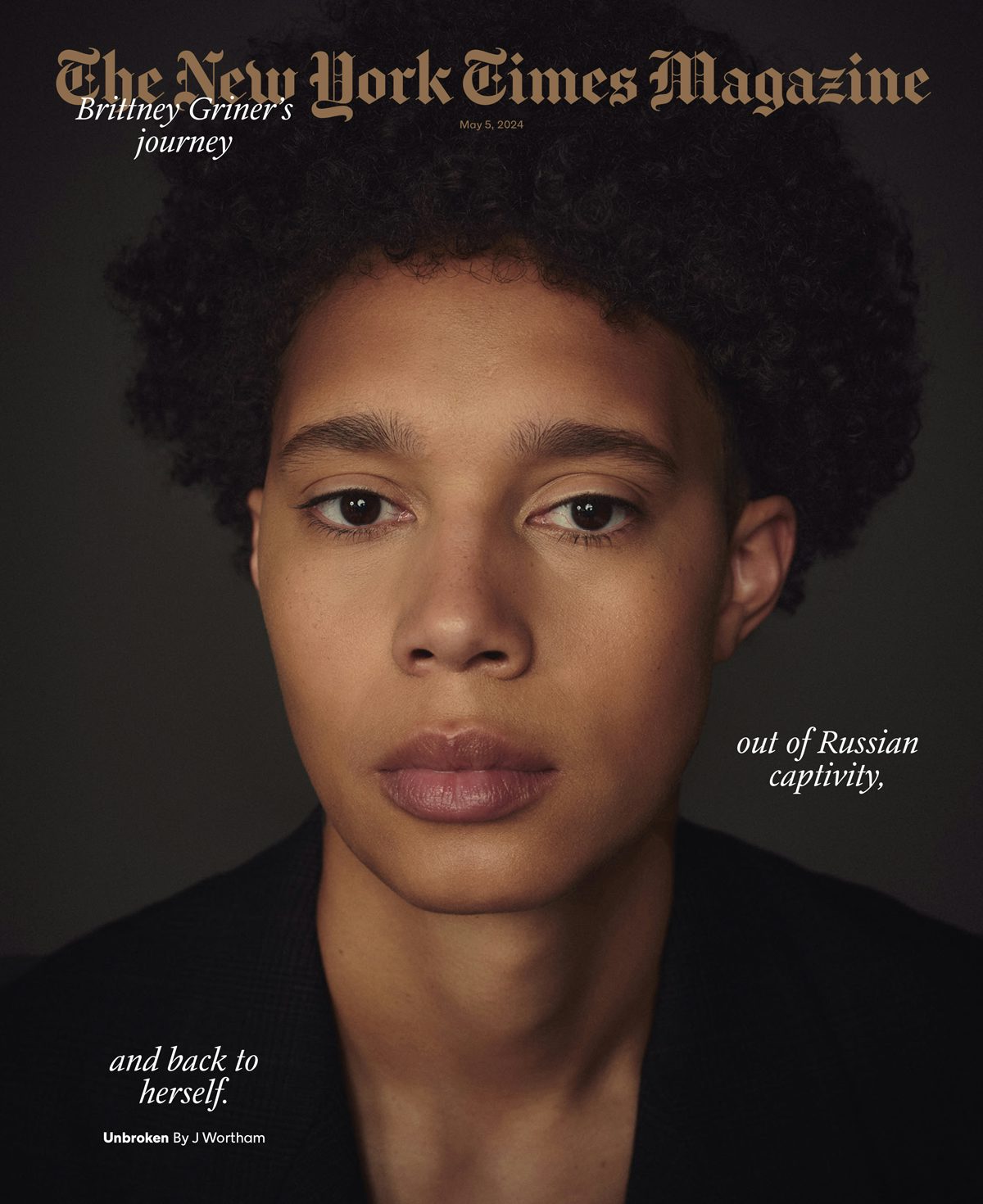The first couple of times Kathy Ryan tried to tell the New York Times Magazine editor-in-chief Jake Silverstein that she’d decided to leave, she blew past her self-enforced deadline. “I couldn’t say the word retirement, I literally couldn’t. I had emotional struggles with it,” she tells CR. “Then I began to realise I was ready and wanted to do this. You get to my age and time has a different meaning, it really does. I have the best job in the world but it’s demanding, it’s seven days a week, as it should be.”
Ryan, who marked her final day at the publication last month, has dedicated almost 40 years of her life to the art of magazine making. After starting her career at French photo agency Sygma’s New York outpost, in 1985 the then director of photography Peter Howe hired her as his deputy and, just two years later, she took over the role from him.
“When I came here, we were a small staff and the magazine did a lot of terrific photography, particularly documentary photojournalism, and then eventually more and more studio portraiture and other genres of photography,” she recalls.
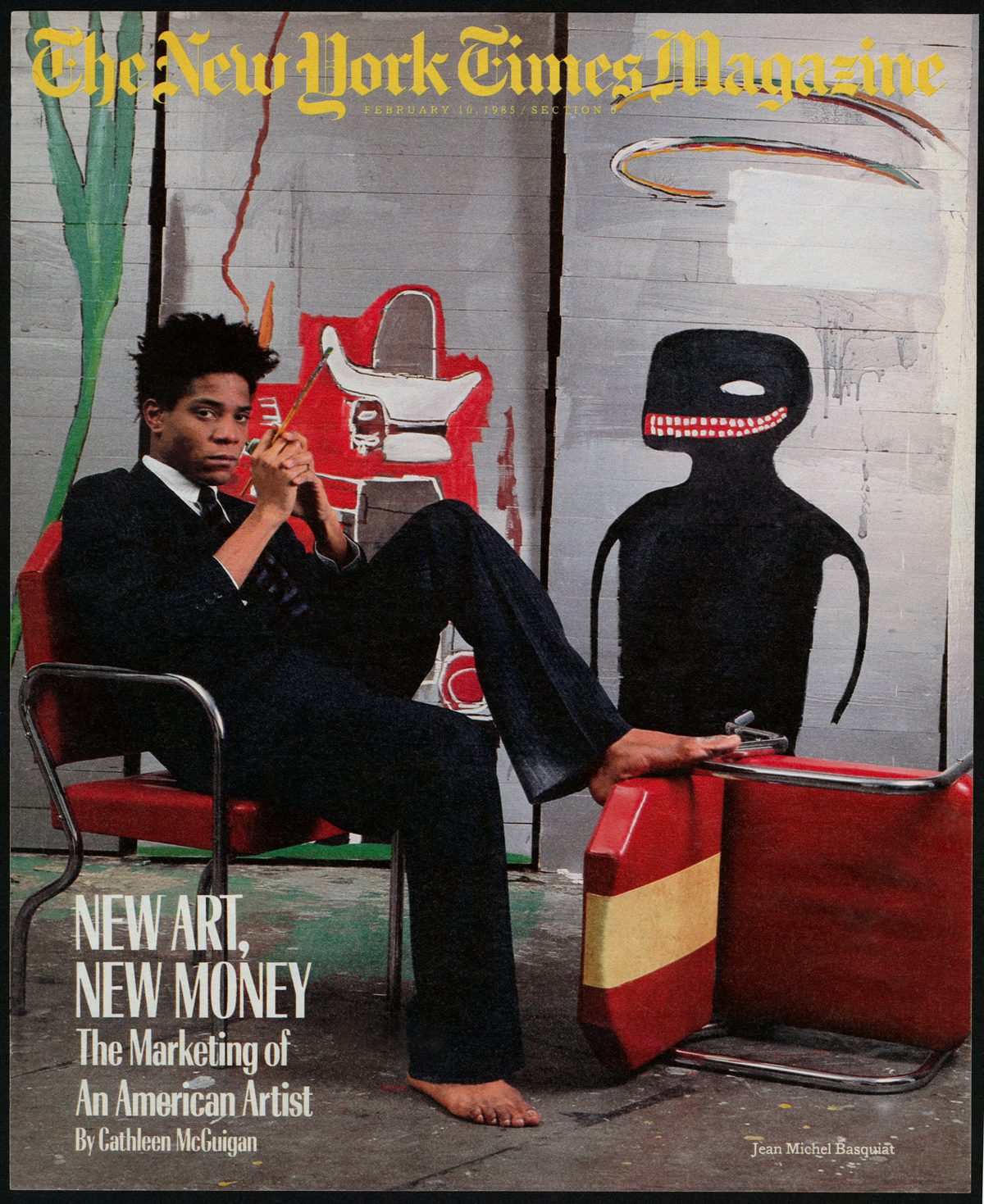

As director of photography, Ryan has been responsible for shaping the photographic identity of the renowned magazine, working alongside the likes of Silverstein, creative director Gail Bichler, and the various photo editors, designers and other colleagues she’s collaborated with over the years. In this time, she’s helped orchestrate more than 1,500 covers, featuring everything from harrowing documentary photography of the pandemic and the war in Ukraine through to iconic images of a New York City in flux. She’s also received multiple career-spanning awards, including the Royal Photographic Society’s Outstanding Service to Photography.
While the purpose of a director of photography remains the same as when she first started out, the day-to-day job has changed beyond recognition since the mid-1980s. “There was no email, it was telexes, lots of phone calls. And there was no digital so all the picture editors would have many folders with prints, slides, negatives,” she says. As technological developments and the birth of the internet began to reshape the ways in which traditional magazines were conceived and presented, Ryan always found herself at the forefront of pioneering new formats and ideas.

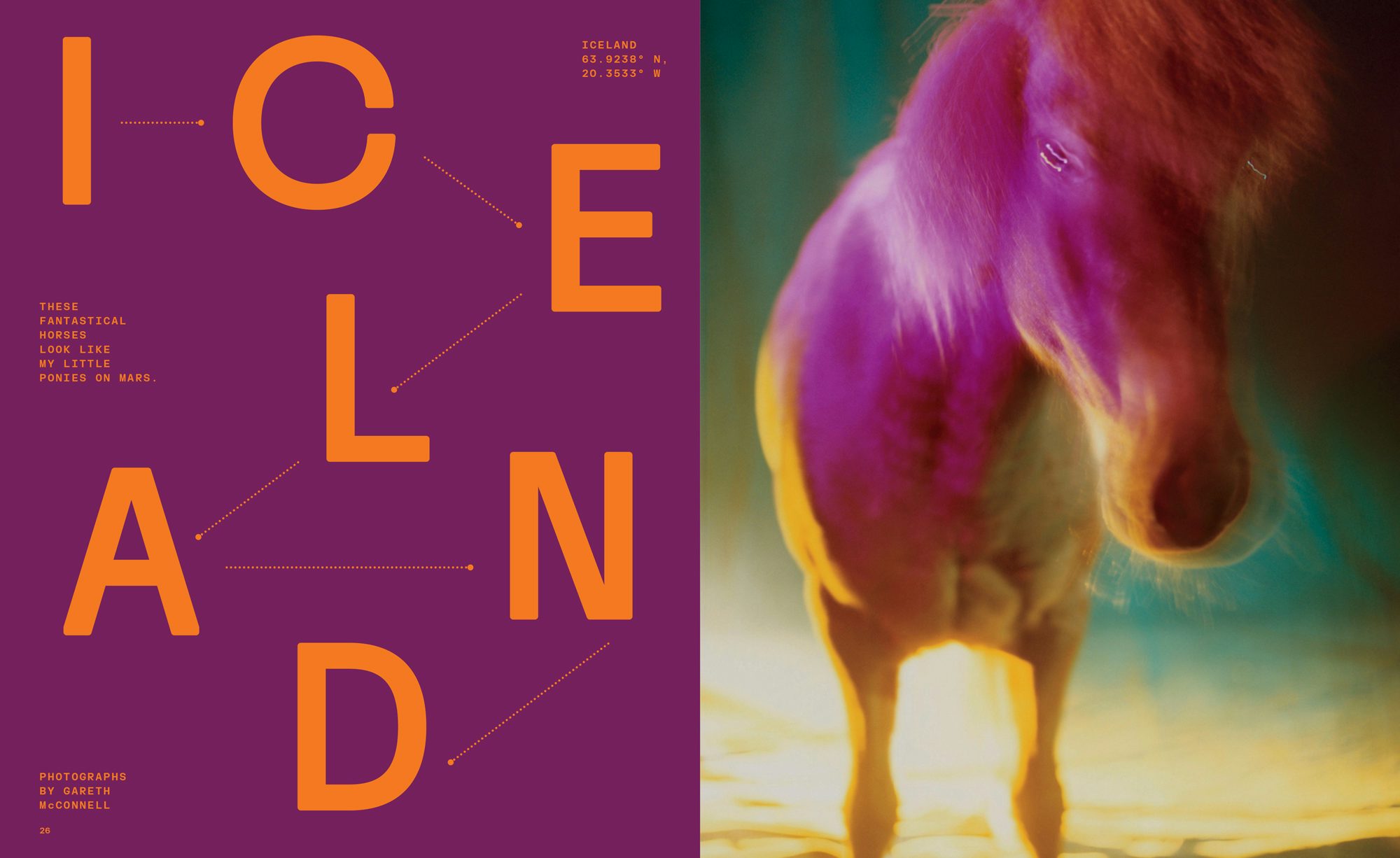
In 2010, she conceptualised and produced the magazine’s Great Performers video series, which began with 14 Actors Acting directed by Sølve Sundsbø. She was also a big part of its first foray into virtual reality, as seen with the 2016 New York issue, which told the story of mountaineer and photographer Jimmy Chin’s mission to climb the One World Trade Center. The end result comprised a spectacular VR film co-directed by Chin and Ben C Solomon, along with a physical edition that pushed the boundaries of print design (the entire issue was rotated to make it twice as tall).
One of Ryan’s final assignments has been to help create a signature style for the magazine’s new podcast series The Interview, with photographers Philip Montgomery and Devin Yalkin developing a series of short video portraits to bring each episode to life. “We just wanted it to be arresting, because most people are finding it on the phone, some on desktop, and others via a beautiful traditional black and white portrait in the print edition each week,” she explains.
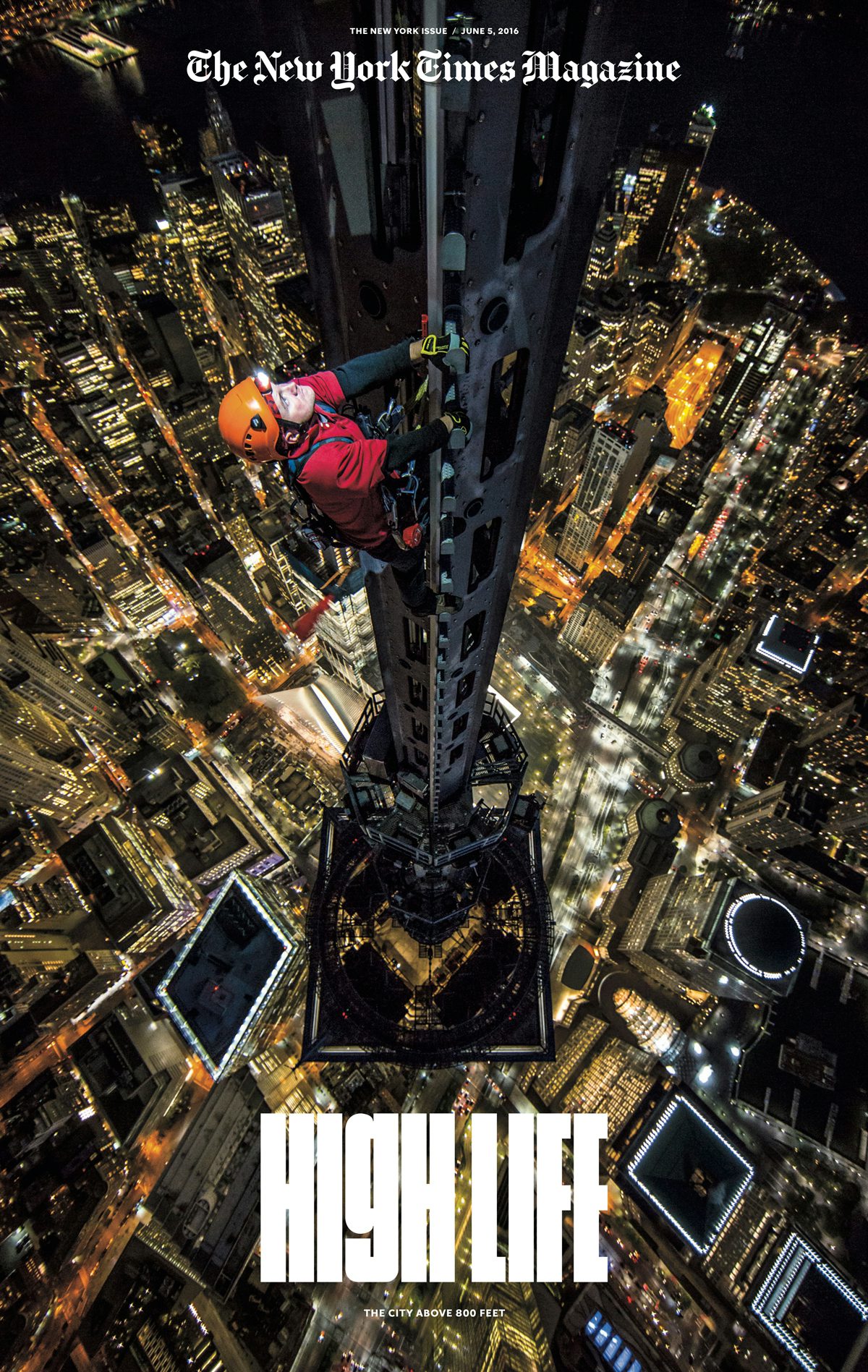
Being forced to continually adapt to new challenges is one of the main reasons she gives when people ask her why she’s stayed at the Times for so long. But on the other side of the coin, she argues that the demands on the generation of photographers coming through now are enormous. “It’s a lot. They have to shoot vertical and horizontal all the time, while looking for the traditional things that a great artist is looking for – the light on the face, the right angle, the expression, the tone, the attitude. They have to do all of that while also pondering the different formats in which it will be presented.”
Arguably the biggest challenge facing the industry today is the sheer volume of imagery that people are exposed to everyday, simply by scrolling through their phones. In this context, the secret to capturing the audience’s attention is inevitably more nuanced than simply taking a great photo. “Part of the job of a picture editor on a magazine like ours is delivering information. That’s crucial right, it’s journalism, it’s the New York Times, but we’re also delivering artistry, and seeing beauty and the poetry of life,” she says. “That’s part of what we do, bring people who have that nuanced, essayistic eye to extremely newsworthy subjects. Very fortunately, we have an editor who wants the pictures to have that expansiveness.”
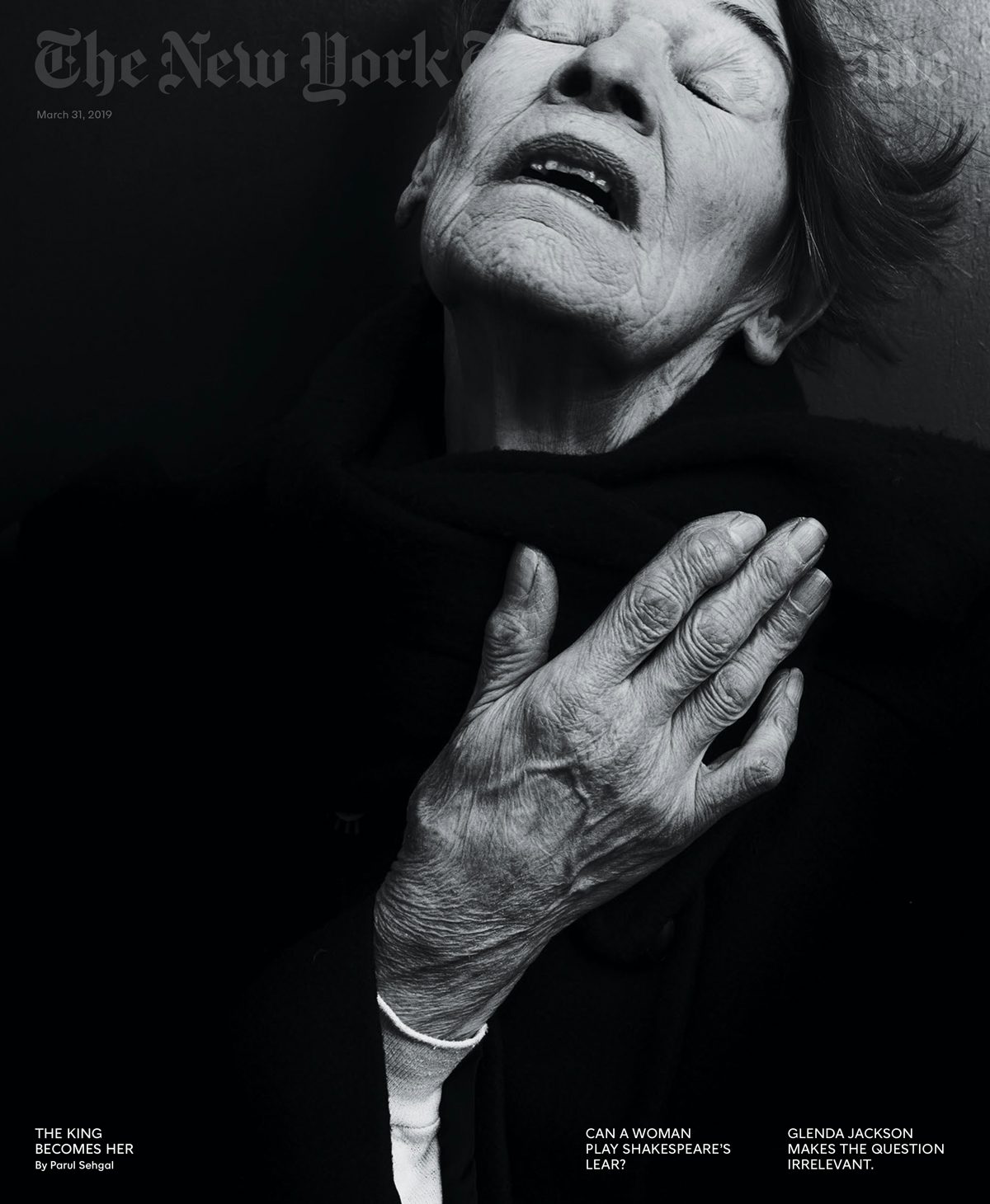
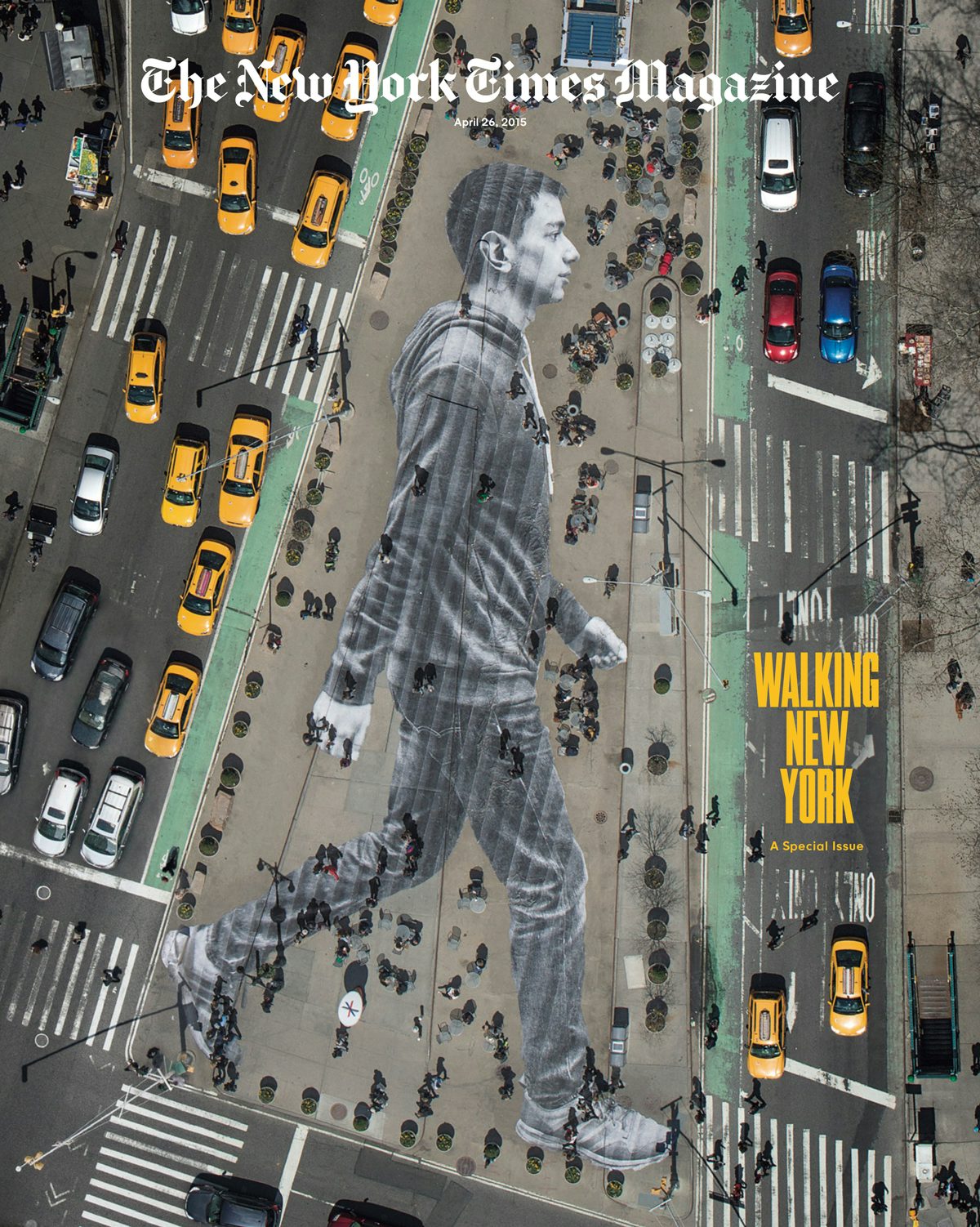
Amid the media industry’s ongoing battle to maintain relevance, she adds that the symbiotic relationship between editorial and emerging creative talent is increasingly vital. “The magazine needs to stay fresh, new, exciting, and bring in new talent to reinvent it and keep it lively. From day one, I always loved the thrill of [presenting] work by legendary photographers like Lee Friedlander and Nan Goldin alongside somebody for whom it’s their very first assignment,” she says. Over the years, Ryan has earned a reputation for pairing lesser-known imagemakers with big commissions, ranging from Jack Davison’s first attempt at celebrity portraits for the Great Performers issue in 2019 to Shaun Pierson’s debut assignment in 2022 when he was still at college.
Inspired by her collaborations with the best imagemakers in the business, Ryan has also become known as a photographer in her own right. Her first photo book, published by Aperture in 2014, was born out of a longstanding fascination with the Renzo Piano-designed NYT headquarters in Times Square. “The whole building has these white ceramic rods and they create incredible film noirish shadows, it’s like a film set in here on a sunny day,” she says. Seeing a zigzag of light on the staircase coming in from the windows one day, she decided to photograph it on her phone, and started posting her photos during the innocent early days of Instagram using the hashtag #officeromance.
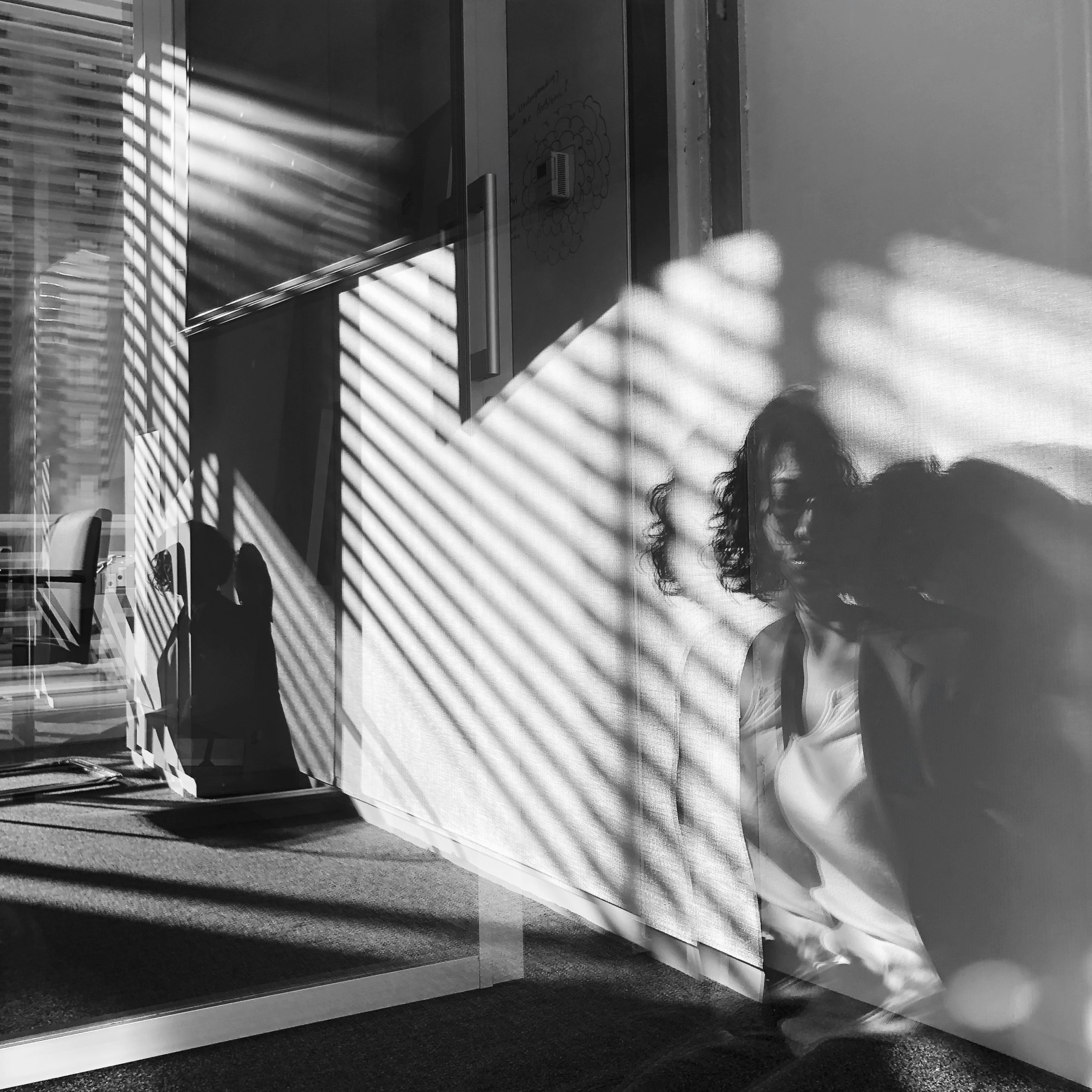
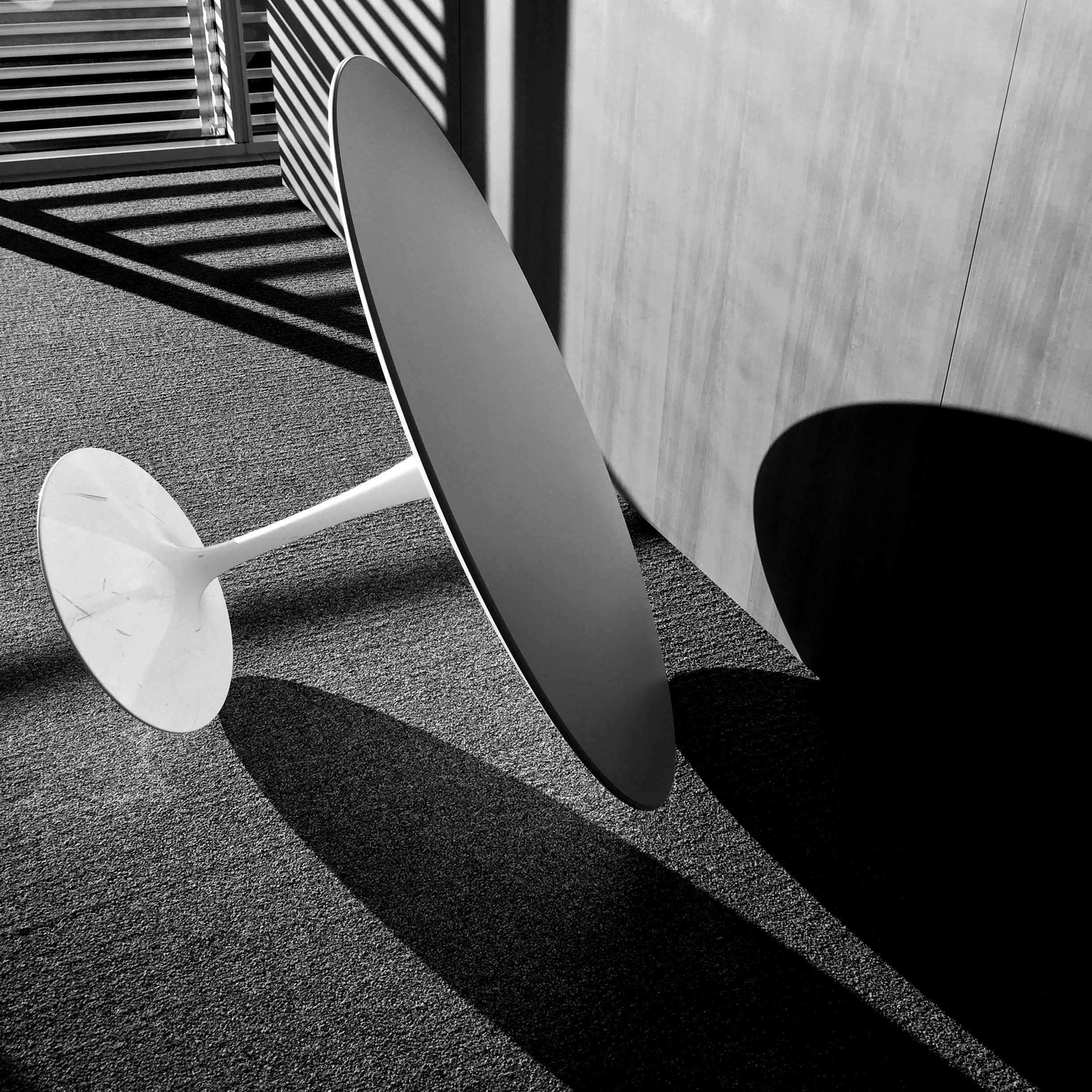
More recently, she’s been spending much of her spare time experimenting with a new street photography series near where she lives in Lower Manhattan. “Office Romance was very in control, the thing that was moving the most was the light, it was always raking across the wall. While now with the street photography, it’s constantly moving, the city is moving, the people are moving,” she says. “I’m trying to capture the energy and I’m doing it very loosely all on iPhone again. I shoot a ton and a lot of it’s in the editing – I guess not surprising for an editor!”
While she doesn’t feel ready to share her new work with the world just yet, making more time for her photography practice has been a fundamental part of Ryan’s decision to step down from her role at the Times. As well as feeling like the right time for her personally, she’s also confident that she’s leaving behind a team of incredibly talented colleagues – including the newly promoted director of photography Jessica Dimson – who are just as committed to the future of magazine making as she ever was.

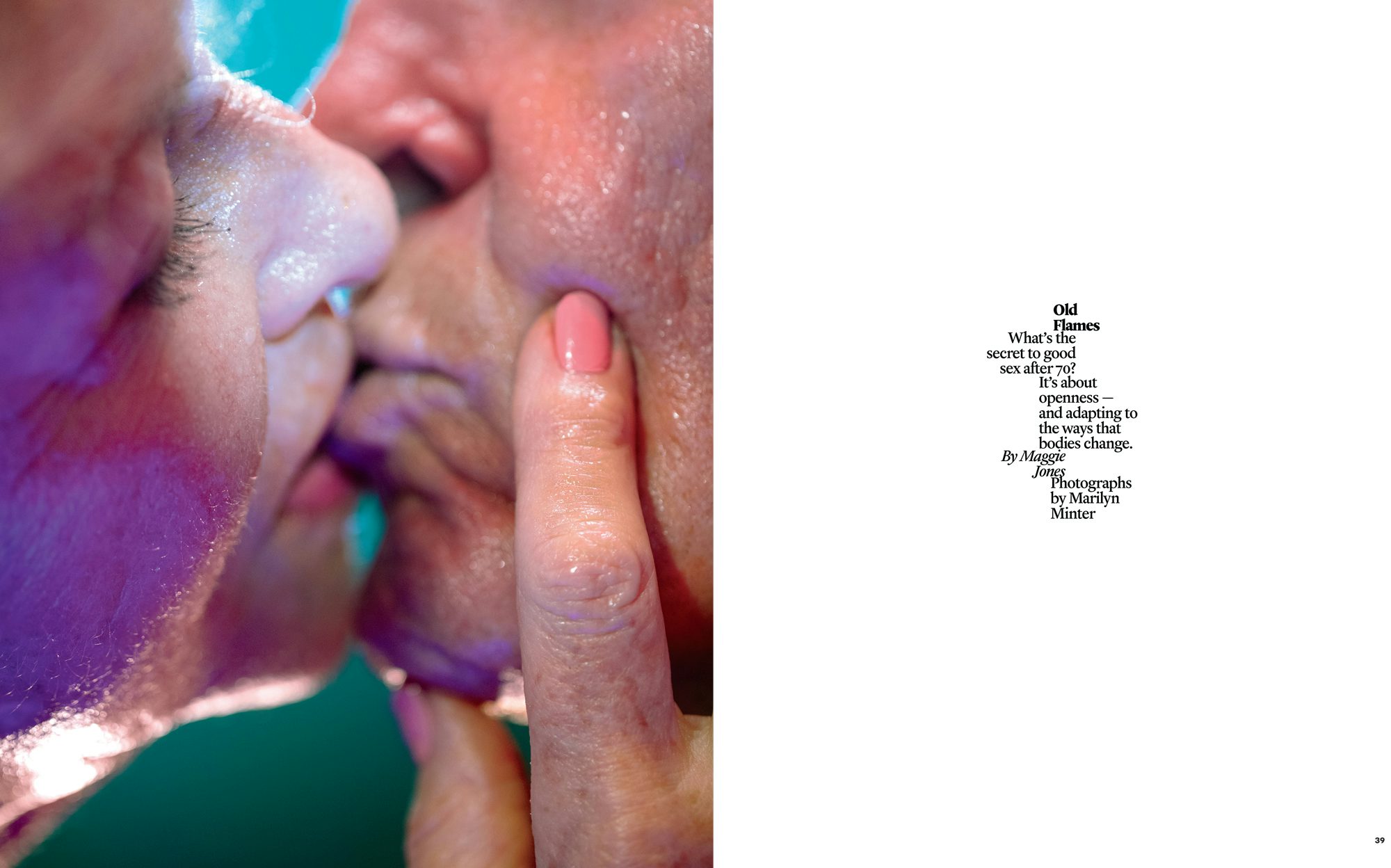
“The magazine business has changed, it’s tough, fewer people are picking up the print edition and that’s just a fact,” she says. “But then it’s interesting, the other week the NY Art Book Fair was held and there were hundreds and hundreds of people every hour going in and buying books and zines. I found that to be a great positive note that there is an appetite for the printed page. Just witnessing it was an eye opener for me, and I’ve been around!”
As for what’s next for Ryan, while some people would be looking forward to life slowing down a bit as they settle into retirement, she’s mainly wondering how she’s going to use up all her excess energy. “My one concern I have is that it takes so much adrenaline to do this job, and I’m so used to that. That field of energy, that weekly deadline, getting this shoot, coming up with a good creative idea, getting it assigned. It’s funny, people will sometimes say, ‘Are you going to travel, or take a long vacation?’ No, not really, not me, I’ll be on the streets in Soho. I’m such a creature of habit, so that’s the part that will be interesting.”
